
Types of Glasses
There's a perfect type of glasses for nearly any visual need, from nearsightedness to computer use. Explore the different types to learn their purposes and how they work.
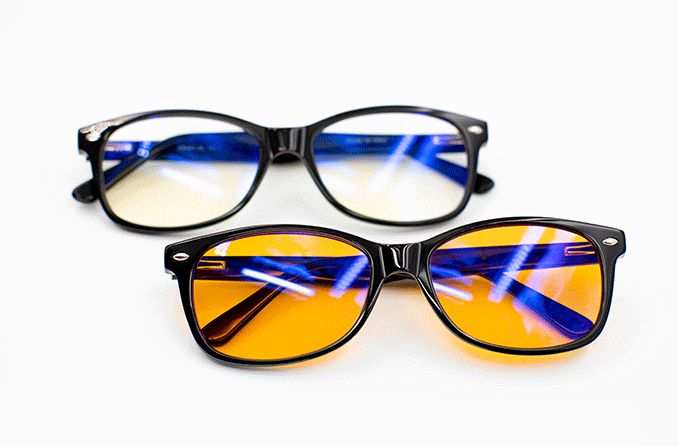
How much blue light do your glasses filter? Finding out may be more difficult than you think.
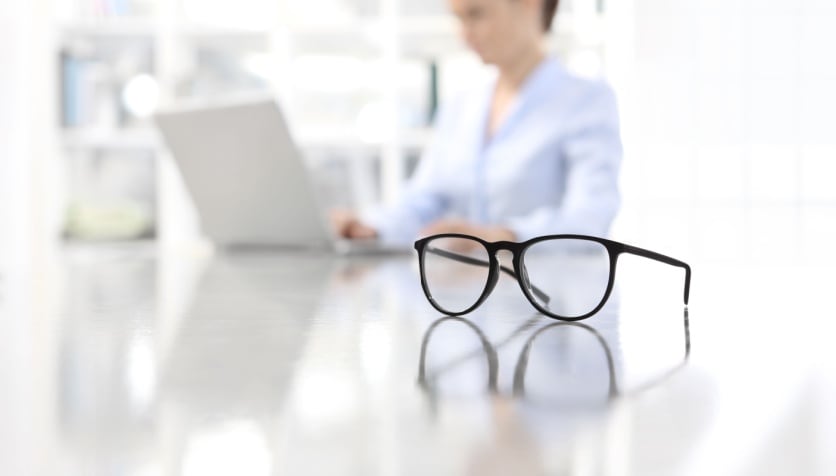
Find out if monovision glasses could be an alternative to bifocals or expensive progressive lenses.

Do you need computer glasses? Learn how glasses for computer use increase visual comfort when using your digital devices.

The best blue light filtering glasses can protect you against eye strain and damage, as well as sleep problems caused by blue light from screens.
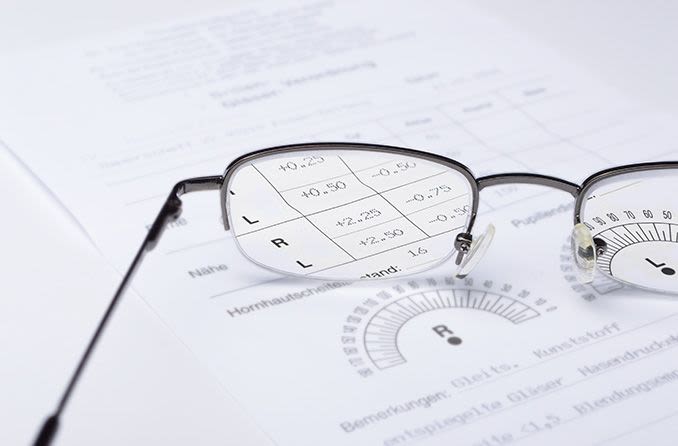
A prescription is not necessary for reading glasses and buying over the counter glasses, which in most cases, a great option.

EssilorLuxottica is a pioneer in vision technology and a leading provider of eyeglass lenses and frames, known for iconic brands like Oakley and Ray-Ban.
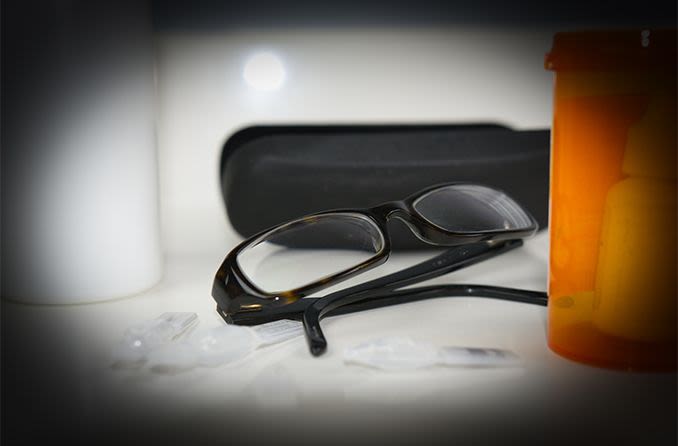
While new technology is being developed for glaucoma glasses, there are many features of eyeglasses (including lens tints and UV protection) that glaucoma patients can currently benefit from.

Learn how motion sickness glasses may relieve symptoms by matching the motion signals from your eyes with other motion signals, like those from the inner ear.

Is there an easy way to select the correct reading glasses power? [Explanation includes reading glasses power chart by age.]

It can be hard to see clearly while you’re driving at night. Find out if night driving glasses with yellow lenses can really help you see better.
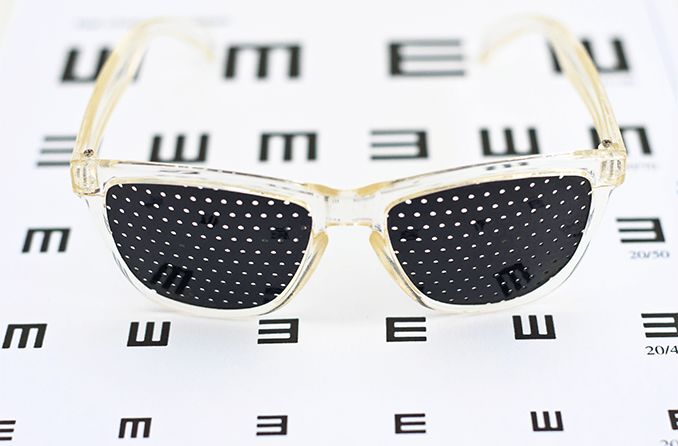
Pinhole glasses, known as stenopeic glasses, are plastic with hundreds of pinhole-sized holes. They help improve refractive errors by shielding indirect rays of light.

Learn the pros and cons of over-the-counter reading glasses vs. prescription multifocal eyeglasses (progressives, bifocals or trifocals) here.

Reading glasses help with up-close vision and have various styles and prices. Includes an easy way to check which store readers help you to see clearly.

Computer glasses with anti-glare treatment and blue light filtering can help reduce symptoms of digital eye strain, such as headaches, blurred vision and eye fatigue.
All About Vision and AllAboutVision.com are registered trademarks of AAV Media, LLC. © 2000-2025 AAV Media, LLC. The content on this site is for informational purposes only. All About Vision does not provide medical advice, diagnosis or treatment. Contact an eye doctor if you need medical attention.